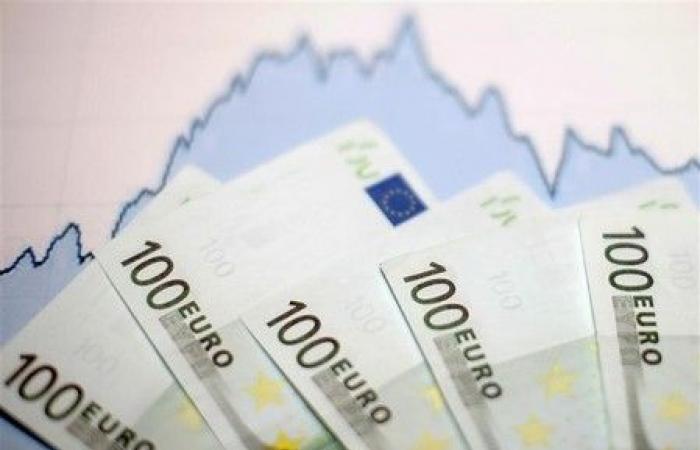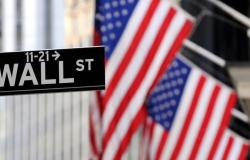The dollar suffered losses on Wednesday after US retail sales data reinforced bets on looming Federal Reserve rate cuts, while sterling weakened slightly ahead of a reading of the UK inflation forecast later today.
Figures released Tuesday showed U.S. retail sales barely rose in May and data from the previous month was revised significantly downward, suggesting economic activity remained lackluster in the second quarter.
This sent the greenback lower immediately, although its losses were limited compared to a basket of currencies, with the euro, which holds the largest weight in the dollar index, continuing to be weighed down by political concerns in France and throughout the Union.
The euro was marginally lower at $1.0738, while the dollar index stabilized at 105.28.
“We thought US retail sales would be weak, and they have been,” said Joseph Capurso, head of international and sustainable economics at the Commonwealth Bank of Australia (CBA).
“Things are finally getting worse. It seemed like American consumers were never going to slow down, but it seems that’s exactly what happened.
According to the CME’s FedWatch tool, markets currently price a 67% chance that the Fed will begin easing rates in September, with cuts of around 48 basis points for the remainder of the year.
Sterling fell 0.03% to $1.2705 ahead of UK inflation data due later on Wednesday, which comes ahead of a policy decision by the Bank of England (BoE) on Thursday, where expects rates to remain unchanged.
“Due to base effects from a year ago, lower energy and electricity prices in the UK, headline inflation will fall significantly,” said Mr Capurso of the CBA.
“But what the BoE and the markets are really interested in is services inflation… and the BoE has said that it really wants it to come down further, which is strongly linked to wages and a market tight employment.
The Australian dollar performed significantly better than the greenback, also helped by the optimistic stance of Reserve Bank of Australia (RBA) Governor Michele Bullock at the press conference following the central bank’s decision on interest rates.
The Australian dollar was up 0.08% at $0.6661, extending its 0.66% gain from the previous session. The New Zealand dollar fell 0.08% to $0.6140.
Elsewhere, the yen was little changed at 157.89 per dollar, as it continues to come under pressure from interest rate differences between Japan and the United States, in particular.
Minutes of the Bank of Japan’s (BOJ) April meeting, released Wednesday, showed policymakers debated the impact a weak yen could have on prices, although the release did not did not move the market as investors turned their attention to the next BOJ meeting in July.
BOJ Governor Kazuo Ueda said Tuesday the central bank could raise interest rates next month depending on economic data available at that time.
“The bank’s outlook for economic growth and price pressures suggests, in our view, that further policy normalization is on the horizon,” Wells Fargo economists said of the BOJ in a note.
“However, the fact that it has not changed its policy significantly since raising its key rate in March, and that it is taking a slow approach to the process of reducing bond purchases, leaves us expect that future policy changes will be implemented gradually.






